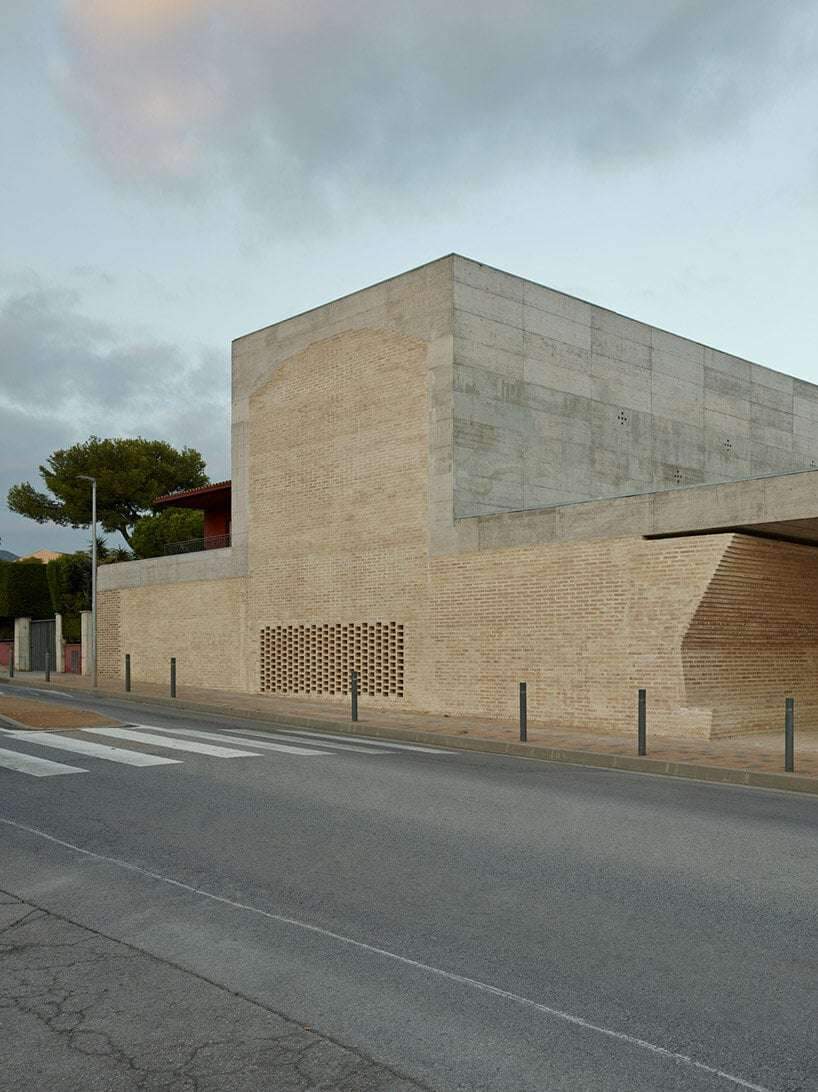On the heels of the news on the mutual recognition agreement between the National Council of Architectural Registration Boards (NCARB) and the U.K.’s Architects Registration Board (ARB), the ARB has announced a trilateral recognition agreement with the Architects Accreditation Council of Australia (AACA) and the New Zealand Registered Architects Board (NZRAB).
Starting on May 25 eligible architects in the U.K., Australia, and New Zealand will be able to begin the licensure and registration process that would allow them to become registered architects in each country. Similar to that of the recent reciprocity agreement reached between the U.S. and the U.K., the agreement is a result of a thorough examination process that evaluated the registration requirements of each of the three boards to, according to the ARB, deem them as “comparable and equivalent to their own.” The mutual recognition agreement paves the way for architects to expand their professional network and portfolio elsewhere.
“The agreement builds on the close links between our three countries and has been made possible because of the constructive engagement between regulatory bodies and the confidence we have in the integrity of regulation and assurance of standards across Australia and New Zealand,” Chief Executive and Registrar of the ARB Hugh Simpson said in a statement. “We’re delighted that as well as helping eligible architects to register, saving them time and money, the new and more proportionate process will also create opportunities for tomorrow’s architects to study internationally across the three countries.”
Those in the U.K. looking to be registered in Australia who are already registered under the ARB to Part 1, Part 2, and Part 3 levels and are in good standing with the ARB will be issued a certificate that will be sent to the AACA. They will then be required to submit an application and take an assessment.
Those applying in the other direction, U.K. to Australia, must meet the registration requirements in Australia, receive a certificate from the AACA confirming this, and then proceed to take the ARB’s UK Adaptation Assessment. More information on this process can be found on the ARB and AACA websites.
“Our three nations have an obvious affinity based on shared language and cultural similarities and the new professional recognition process is straightforward and simple. AACA thanks both the ARB and NZRAB for the six years of collaboration culminating in this agreement,” said CEO of the Architects Accreditation Council of Australia Kathlyn Loseby.
Much like that of Australia, the process in New Zealand requires currently registered U.K. architects holding Part 1, Part 2, and Part 3 levels to then apply to the NZRAB for registration and meet any additional requirements set by that board. These requirements will be further detailed by the NZRAB when the program launches.
“This agreement will facilitate the mobility of architects registered in the United Kingdom and New Zealand and between our countries,” added Chief Executive of the New Zealand Registered Architects Board Dougal McKechnie. “We want our registration processes to be as straightforward as possible, while still ensuring new registrants have what is necessary for safe and effective practice. Mutual recognition agreements such as this benefit qualifying architects with a simpler pathway to registration between the United Kingdom and New Zealand.”
As part of the agreement, those educated up to a Master’s or Part 1 and Part 2 level in the U.K. will have the opportunity to finish on their path to becoming a registered architect in a partner country. The requirements needed to achieve registration in each country are contingent on the architect’s route, where they are currently registered, or where they are seeking registration.
A reciprocity agreement is already in place between Australia and New Zealand. The U.S. also already holds a mutual agreement with Australia and New Zealand.

